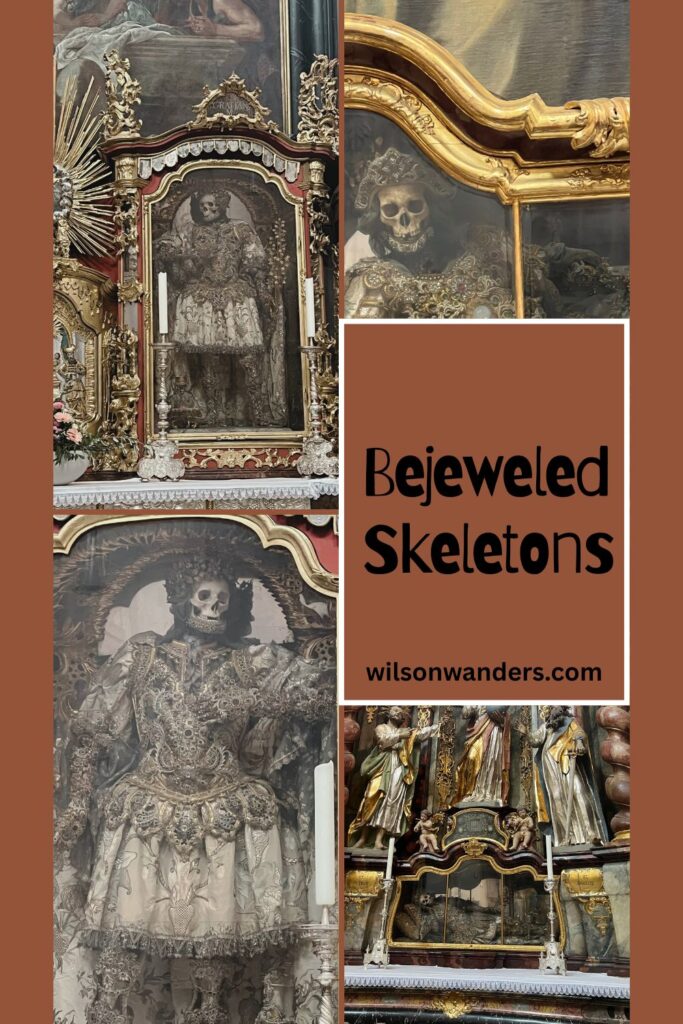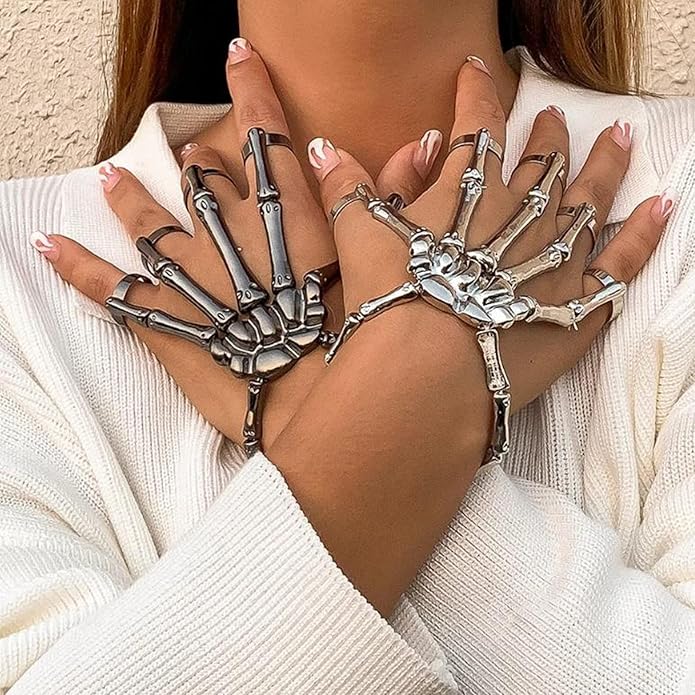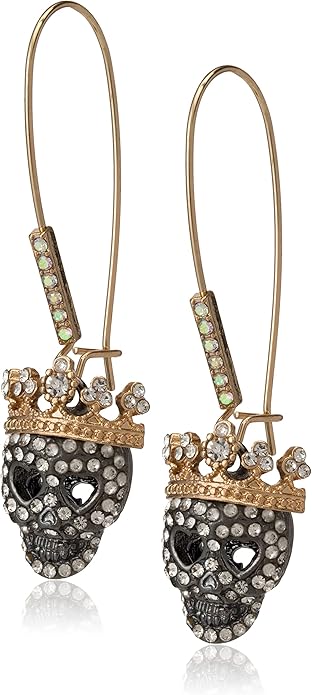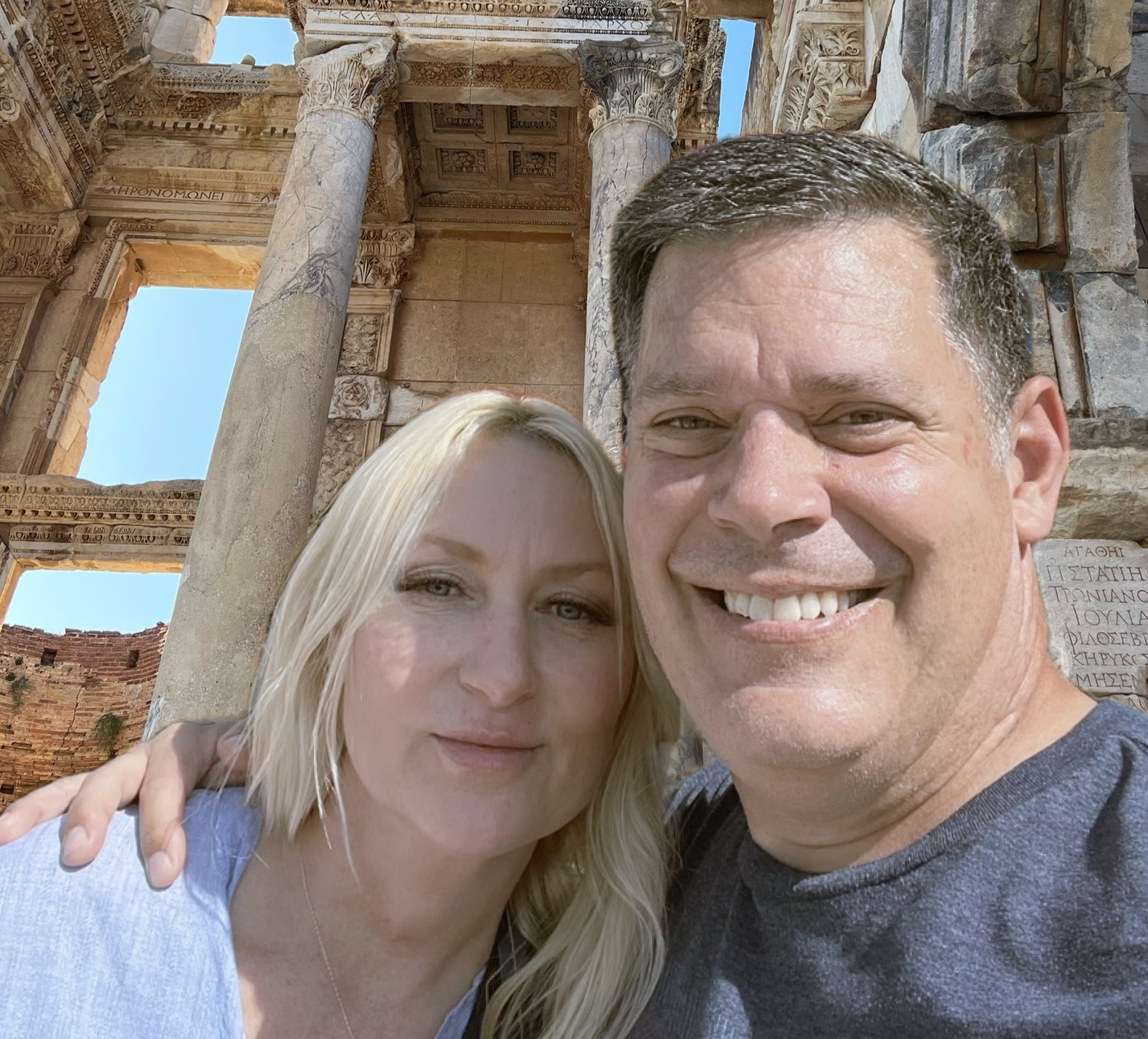
Germany’s Ornate Ossuary of Bejeweled Skeletons
Tucked away in the serene town of Waldsassen in Bavaria, Germany, lies a seemingly modest Cistercian abbey that holds one of Europe’s most macabre and mesmerizing secrets. The Waldsassen Basilica is home to a collection of bejeweled skeletons—early Christian martyrs whose remains were lavishly adorned in gold, silver, and gemstones.
These relics, often referred to as the catacomb saints, were exhumed from Roman catacombs in the 16th and 17th centuries and sent across Catholic Europe as a counter-reformation statement, emphasizing the Church’s enduring connection to its ancient past. In Waldsassen, ten of these skeletons were meticulously decorated by local nuns, transforming the bones into glittering symbols of faith and divine glory.
The decoration process was anything but casual—each bone was cleaned, articulated, and dressed in luxurious fabrics, encrusted with jewels and delicate embroidery. Though the identities of the saints remain largely unknown, they were believed to be early Christian martyrs, revered for their sacrifice.
Today, these ornate skeletons rest in glass cases within the church, displayed along the basilica’s upper galleries. Despite their eerie appearance, the figures are surprisingly elegant—embodying the baroque fusion of mortality and splendor, faith and finery.
The Waldsassen skeletons remain a rare and haunting reminder of a time when beauty was used to sanctify death and inspire devotion. A visit to the church offers not only a glimpse into this fascinating religious tradition but also into the artistry and symbolism of a unique chapter in Catholic history.
As an Amazon Affiliate, I earn from qualifying purchases. Copyright ©2024 WilsonWanders.com



